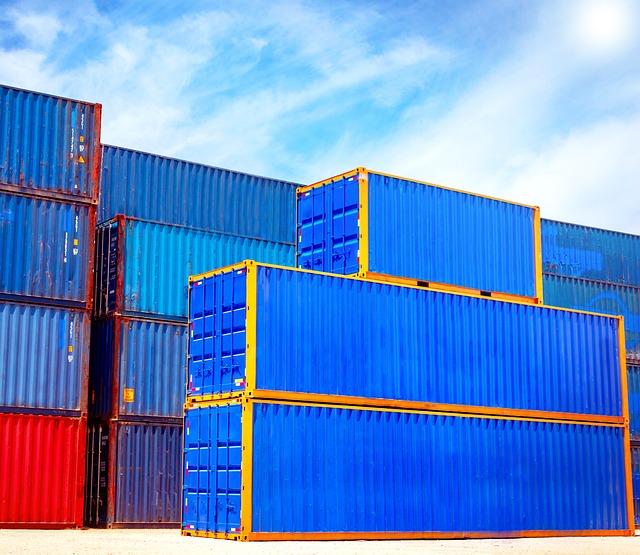
Section 232 Tariffs
Understanding Section 232 Tariffs
Section 232 tariffs are a crucial part of the United States' trade policy, especially when it comes to protecting national security. These tariffs are applied to imports that are deemed a threat to the country’s economic and military strength. Let’s break down what Section 232 tariffs are, how they work, and what they mean for businesses and consumers alike.
What Are Section 232 Tariffs?
Section 232 of the Trade Expansion Act of 1962 allows the U.S. government to impose tariffs on imported goods if they believe that these imports threaten national security. This can include a range of products, but most notably, it has been applied to steel and aluminum imports in recent years. The aim is to bolster domestic production and reduce reliance on foreign materials.
How Do They Work?
The process typically begins with an investigation by the Department of Commerce. If they find that certain imports indeed pose a national security risk, the President can then impose tariffs. These tariffs can vary in rate, and they are usually applied to all countries, although some may receive exemptions.
Key Impacts of Section 232 Tariffs
- Domestic Industry Protection: By raising the cost of imported goods, these tariffs aim to protect American manufacturers from foreign competition. This can help preserve jobs in industries that might otherwise struggle against cheaper imports.
- Increased Costs for Consumers: While protecting domestic industries, these tariffs can lead to higher prices for consumers. Products that rely on imported steel or aluminum, for example, may see price hikes, which can affect everything from cars to appliances.
- Retaliation from Other Countries: Other nations often respond to U.S. tariffs with their own tariffs on American goods. This can lead to a trade war, where both sides impose tariffs on each other, impacting global trade dynamics.
- Complex Trade Relationships: Section 232 tariffs can complicate relationships with trading partners. Countries that are heavily impacted may seek to negotiate exemptions or retaliate, leading to a more complex international trade landscape.
Recent Developments
In recent years, Section 232 tariffs have been a hot topic in trade discussions. The Trump administration notably used these tariffs as a tool in trade negotiations, leading to significant changes in how the U.S. interacts with its trading partners. The Biden administration has continued to evaluate these tariffs, considering their long-term impacts on both domestic manufacturing and international relations.
Conclusion
Section 232 tariffs are a powerful tool in the U.S. trade arsenal, designed to protect national security and support domestic industries. However, they come with trade-offs, including higher costs for consumers and potential retaliation from other countries. As the global economy continues to evolve, the future of these tariffs will likely remain a topic of discussion among policymakers and business leaders alike. 🌍

















 Washington Commanders Croskey-merritt Questionable Pick
Washington Commanders Croskey-merritt Questionable Pick 
 Health
Health  Fitness
Fitness  Lifestyle
Lifestyle  Tech
Tech  Travel
Travel  Food
Food  Education
Education  Parenting
Parenting  Career & Work
Career & Work  Hobbies
Hobbies  Wellness
Wellness  Beauty
Beauty  Cars
Cars  Art
Art  Science
Science  Culture
Culture  Books
Books  Music
Music  Movies
Movies  Gaming
Gaming  Sports
Sports  Nature
Nature  Home & Garden
Home & Garden  Business & Finance
Business & Finance  Relationships
Relationships  Pets
Pets  Shopping
Shopping  Mindset & Inspiration
Mindset & Inspiration  Environment
Environment  Gadgets
Gadgets  Politics
Politics 